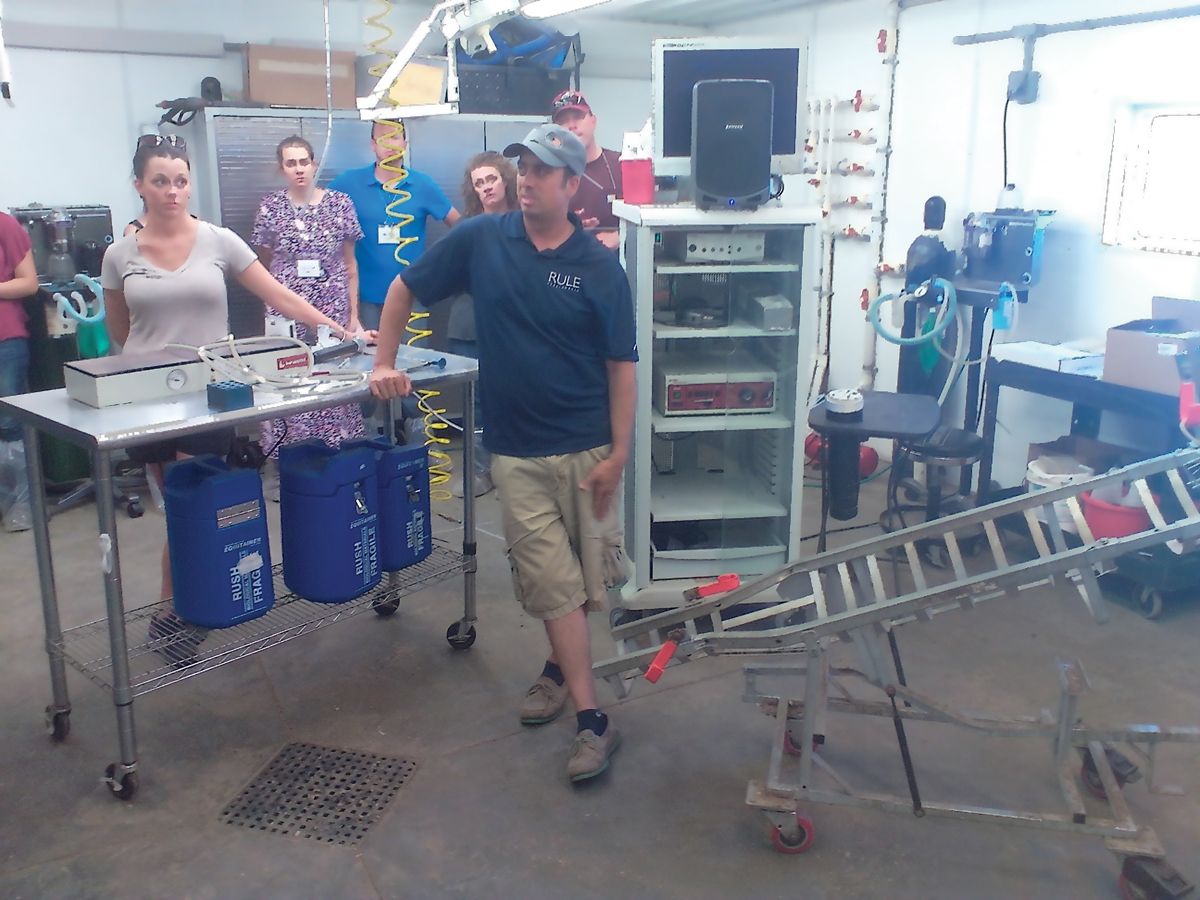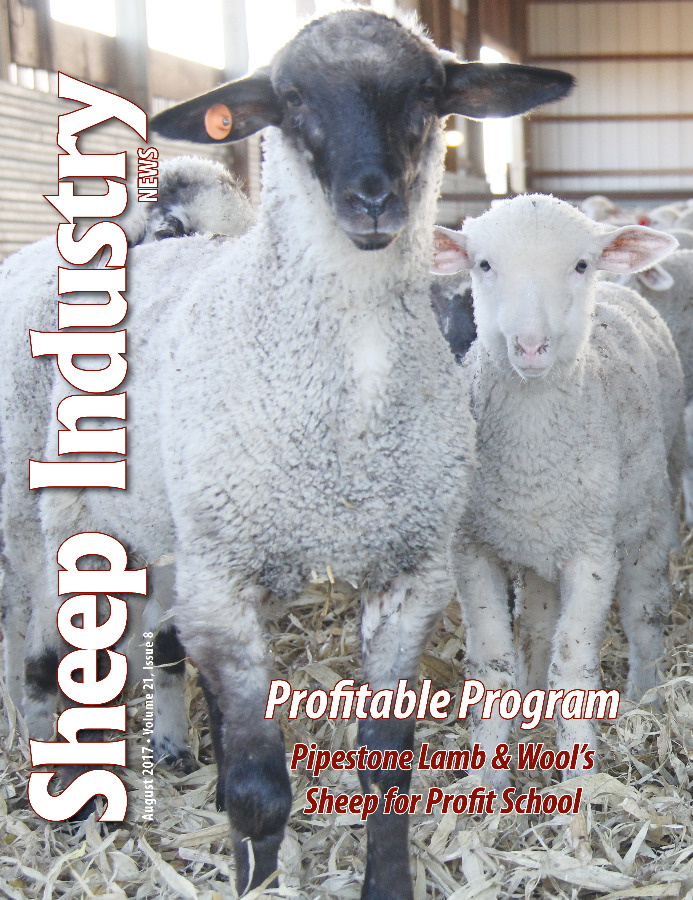Young Entrepreneur Tour Hits Iowa, Minn. & S.D.
In a first for the sheep industry, ASI and the Let’s Grow Program sponsored a July Young Entrepreneur Tour that included stops at a variety of sheep operations in Iowa, Minnesota and South Dakota.
 More than 20 young sheep producers – some of whom are active with ASI’s Young Entrepreneur Committee and some who aren’t – took part in the two-day tour that kicked off July 17 in Sioux Falls, S.D.
More than 20 young sheep producers – some of whom are active with ASI’s Young Entrepreneur Committee and some who aren’t – took part in the two-day tour that kicked off July 17 in Sioux Falls, S.D.
“The tour was great and I learned a lot, but I’d say I learned just as much from the conversations I had with the people who were on the tour with me,” said North Dakota producer Ceph Dockter. The 21-year-old farmer and cattleman first got into the sheep industry with a North Dakota Lamb and Wool Producers Association starter flock in 2010. He built that 10-head starter flock to 80 ewes before recent culls dropped his numbers to 65. “We’re grazing a lot more than what we saw from most of the operations on the tour, but we’re able to both feed and graze with the land we have available.
“I hadn’t been involved with ASI or the Young Entrepreneurs in the past, and only found out about the tour a few weeks before. It was a great experience to go on the tour and get a broader understanding of the sheep industry as a whole.”
Tour participants came in from 11 different states, representing all facets of the industry from small farm flocks to large, western range operations. Stops on the tour included: the Rule Sheep Company and Moser family operation in Iowa; Brian Winsel’s Minnesota farm; and four operations in South Dakota (Schwebach, S.D. State University Sheep Unit, Vanwell and Coplan).
“I was really interested in the production model out there and if it was applicable to the southeast,” said Tennessee producer Sam Kennedy. “I got a ton of ideas out there, like accelerated lambing and shed lambing. I’m going to explore the idea of using terminal sires on my hair sheep. I also think there is a lot of the old tobacco and hog infrastructure in Tennessee that might work like the systems they have in place in that area. We run Katahdins in a pasture-based, rotational-grazing system, so it’s the exact opposite of what they are doing at most of the operations we visited. But some of what they are doing might still work for us.
“I’m still going to graze my ewes, but it might pay off to put the lambs on feed the way they do up there. That’s something I’m going to take a look at.”
ASI Young Entrepreneur Committee Chairman Burdell Johnson of North Dakota was thrilled with the turnout – 60 percent of which hasn’t previously been involved with Young Entrepreneur programs.
“I was so happy with the attitude of these young people,” he said. “One of the first things they said is that we need to do more of these types of tours.”


